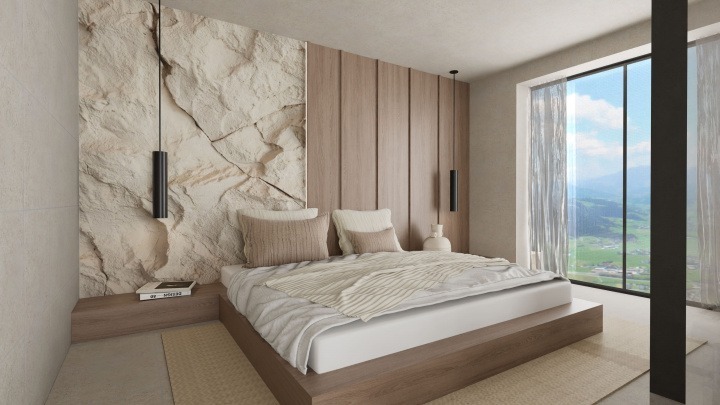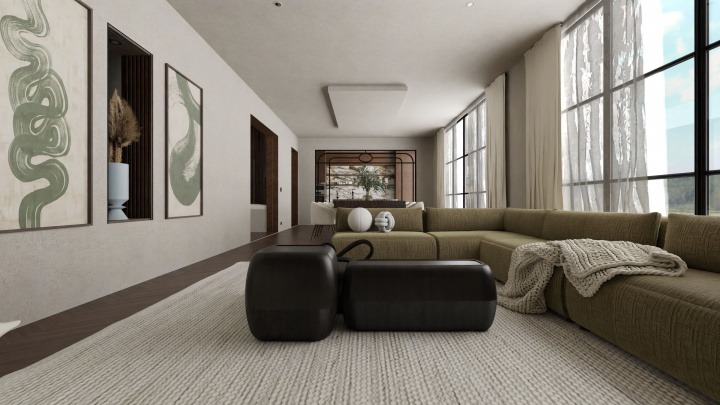How to Incorporate Wabi Sabi style in Your Interior Design


More than just a design trend, Wabi-Sabi is a way of life inspired by Japanese culture. It teaches us to appreciate life’s imperfections, find beauty in simplicity, and embrace the transient nature of things. In home decor, this translates to minimalist, calming spaces where every item has its place without striving for flawlessness.
Instead of hiding cracks, we highlight them. Rather than buying new, we breathe new life into existing pieces. The concept? Creating a peaceful, balanced environment that encourages calmness and contemplation.
The Wabi-Sabi style is much more than just a decor trend; it's a true philosophy of life!
Want to infuse your space with Wabi-Sabi style? Here are the essentials you need to know about:

3D project of a Wabi-Sabi bedroom created with HomeByMe.
No need for a complete overhaul to adopt this Wabi-Sabi design and philosophy into your home. Here are five simple tips to introduce Wabi Sabi design into your space:
You can embrace Wabi-Sabi style throughout your home. Here are some ideas for each space:




3D projects of a Wabi-Sabi bedrooms created with HomeByMe.



3D projects of a Wabi-Sabi kitchens created with HomeByMe.


3D projects of a Wabi-Sabi bedrooms created with HomeByMe.

3D projects of a Wabi-Sabi bathroom created with HomeByMe.
Elodie Théry from AYHOME.DECO agency, Maïdeco Studio and Petra Zinzovski masters the art of Wabi-Sabi by blending simplicity, authenticity, and natural materials. Discover her visuals for more inspiration.
Embracing the Wabi-Sabi style is more than just a decor trend; it's a mindset.
Discovering happiness at home without requiring perfection in everything. By adding natural elements, distinctive items, and a minimalist approach, you can transform your space into a serene retreat.
Curious to visualize your future Wabi-Sabi inspired interior? Try out HomeByMe to experiment with different layouts and find the setup that suits you best!
Wabi-Sabi is a traditional Japanese idea. It finds beauty in things that are imperfect and temporary. It encourages us to enjoy the simple, rustic, and real parts of life. It embraces flaws and the passage of time as important to beauty.
Wabi-Sabi and Japandi are both minimalist design styles, but they focus on different things. Wabi-sabi comes from Japanese philosophy. It celebrates imperfection and the temporary nature of life. This style uses natural materials and has a rustic feel.
Japandi mixes Japanese minimalism with Scandinavian design. It emphasizes functionality, clean lines, and a modern look with soft colors. In short, wabi-sabi finds beauty in the imperfect and aged. Japandi, on the other hand, focuses on sleek and functional elegance..
To emphasizes Wabi-Sabi Style in Interior Design, the rules to apply are:
These principles help to appreciate nature and time creating a sense of peace and acceptance.